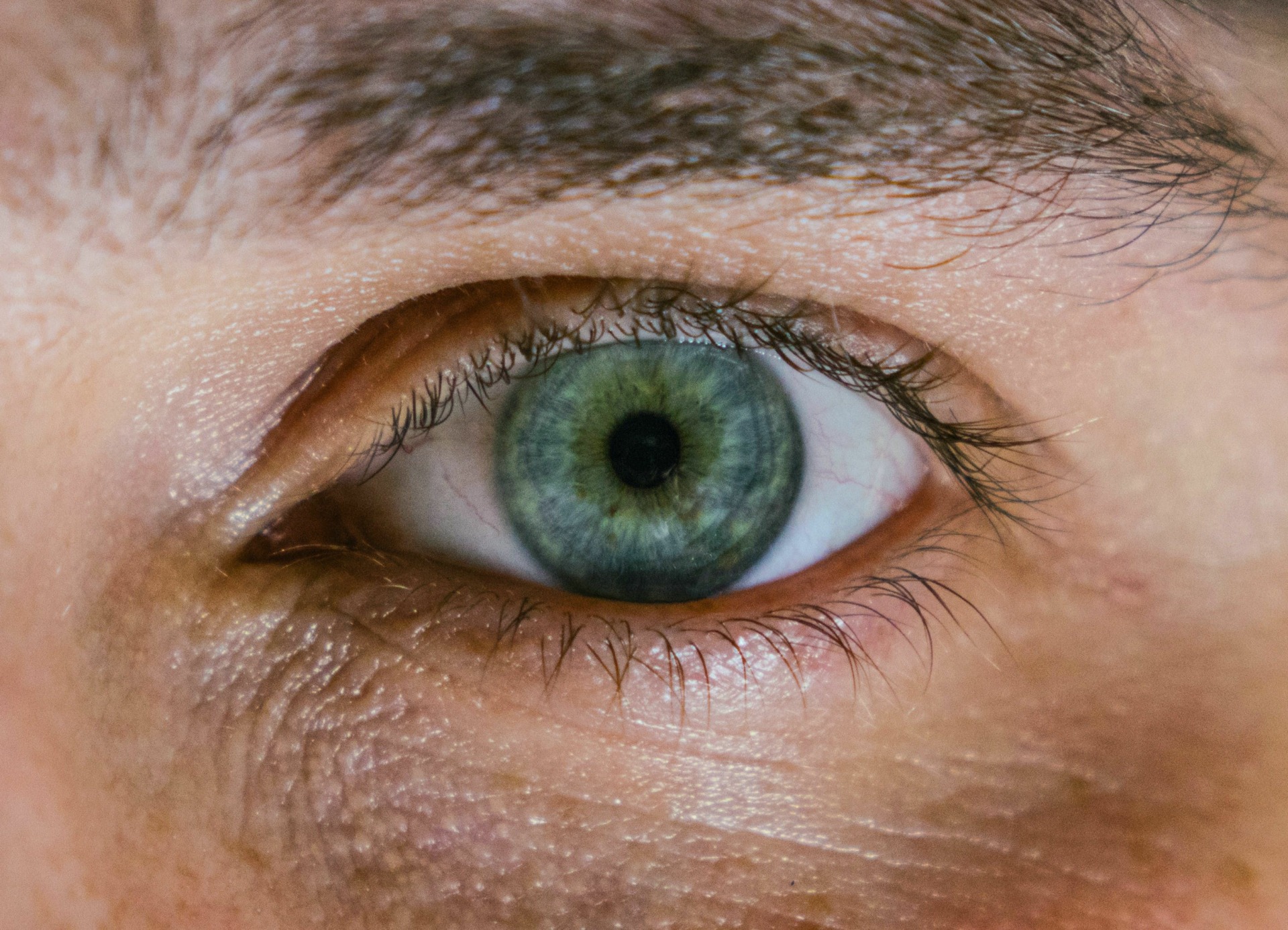Red, bloodshot eyes have always been a tell-tale sign of marijuana consumption—a temporary phenomenon that’s due to the effects of cannabis on blood pressure. But cannabis can also affect the eyes in other ways. Now, some research suggests that the neuroprotective and antioxidant properties of marijuana compounds cannabidiol (CBD) and tetrahydrocannabinol (THC) may be able to support vision and offer some protection against common diseases of the eye and optic nerve.
Cannabis & the Eyes: A Complicated Relationship
Relatively little research has been done on how—or whether—cannabis can affect vision, prevent any of the common eye diseases or relieve symptoms of those diseases. While some studies propose that cannabis has clear benefits for eye health, others claim the opposite, that cannabis can actually harm vision and the pathways for processing visual information in the brain. Complicating that picture are the many accounts by cannabis consumers themselves, who say that cannabis makes vision sharper and reduces the symptoms of glaucoma, a common eye disease.
The effects of cannabis on the eyes and the overall visual system come from the interaction of a number of factors, including the unique responses of a person’s endocannabinoid system (ECS) and the type of cannabis they use. All these things can affect the various parts of the visual system, including the tissues of the eye itself, the optic nerve, and the neural pathways in the brain that process and store visual information.
FOLLOW US ON FACEBOOK & INSTAGRAM
The ECS is a vast network of receptors found in tissues and organs throughout the body. These receptors are activated both by cannabinoids produced by the body itself and by the very similar ones found in cannabis, which is why consuming cannabis has such a diverse range of health benefits. The tissues of the eye contain large numbers of the most common cannabinoid receptor, CB1, and so do many areas of the brain. This means that consuming cannabis in any form can trigger responses in various parts of that visual system—but those responses can be highly variable.
New Research Suggests Marijuana May Improve Vision
The first studies on how cannabis affects vision seemed to demonstrate that those effects were either non-existent or negative. This research proposed that cannabis causes a delay in the processing of visual information in the brain, so that there could be a lag time between seeing something and taking action in response to it, such as making decisions while driving, moving or picking up objects. Other research based on interviewing cannabis consumers about their vision revealed that some people felt that they saw better while taking cannabis, others felt their vision was worse, and some didn’t report any change at all.
But those differences could be explained by factors including the kind of cannabis a person used, how often they used it and under what circumstances—and even the amount of CB1 receptors an individual has in given areas of the body. What’s more, the activity of those receptors can be affected by numerous factors such as the number of natural cannabinoids in a person’s system or other health conditions that affect the ECS in general. Those variations mean that cannabis can have a range of different effects on different people.
Now, though, recent research that takes into account new discoveries about the ECS reveals a different and far more positive picture. The action of cannabinoids on CB1 receptors in the eye, particularly the retina, seems to increase visual sensitivity in low light and may also increase visual contrast—the ability to pick out things from their background. Though the research involved tadpoles, not humans, these insights could have implications for people whose work requires good night vision, or for those who have problems with distinguishing between things of similar color or brightness.
Cannabis May Treat Glaucoma
Cannabis has also shown promise in treating glaucoma—a serious eye disorder in which intraocular pressure is too high. This can cause fluid to build up inside the eye, which can damage the optic nerve and lead to blindness. The conventional treatment for glaucoma is medicated eye drops, which work to bring intraocular pressure down to normal levels. But some glaucoma patients and eye specialists report that cannabis can also help reduce intraocular pressure and help preserve eyesight.
RELATED: MEDICAL MARIJUANA PRESERVES VISION AND REDUCES GLAUCOMA PAIN
This is because cannabis, particularly THC, lowers blood pressure—the same effect that’s responsible for the famous red eyes that accompany cannabis use. Cannabis relaxes and dilates blood vessels, allowing more blood to flow. And in the eye, it appears to have the same pressure-reducing effects.
But ophthalmologists and other vision specialists have been reluctant to embrace marijuana as a treatment for glaucoma. They say that its effects are only temporary and that cannabis has too many other effects on the brain and the rest of the body for them to recommend it.
Marijuana & Other Eye Diseases
Research on the impact of cannabis on eye health has been limited and that includes studies about whether cannabis can affect other common eye problems such as cataracts and macular degeneration, a condition that tends to affect older adults.
But marijuana has documented effects as a neuroprotectant, capable of supporting the health of nerves and the neurons that transmit information within the brain. This means it may also be able protect the optic nerve in general.
Cannabis, especially strains high in CBD also have potent antioxidant and anti-inflammatory properties. This allows cannabis to help protect cells from oxidative stress and other processes that contribute to their breakdown and death.
These properties may mean that cannabis can increase the rate of cell survival in the eyes and support the overall health of eye tissues. In this way, cannabis helps to protect the eyes against factors that contribute to the development of cataracts or macular degeneration, as well as less-common kinds of retinopathies.
Many conditions can affect the eyes as well as the entire visual processing system. But because this system is rich in ECS receptors, the well-known properties of cannabis as a neuroprotectant and antioxidant may have an important role to play in keeping eyes healthy for life.
Photo credit: Jordan Whitfield
If you’re new to cannabis and want to learn more, take a look at our Cannabis 101 post. HelloMD can help you get your medical marijuana recommendation; it’s easy, private and 100% online.






